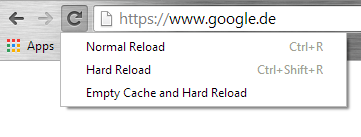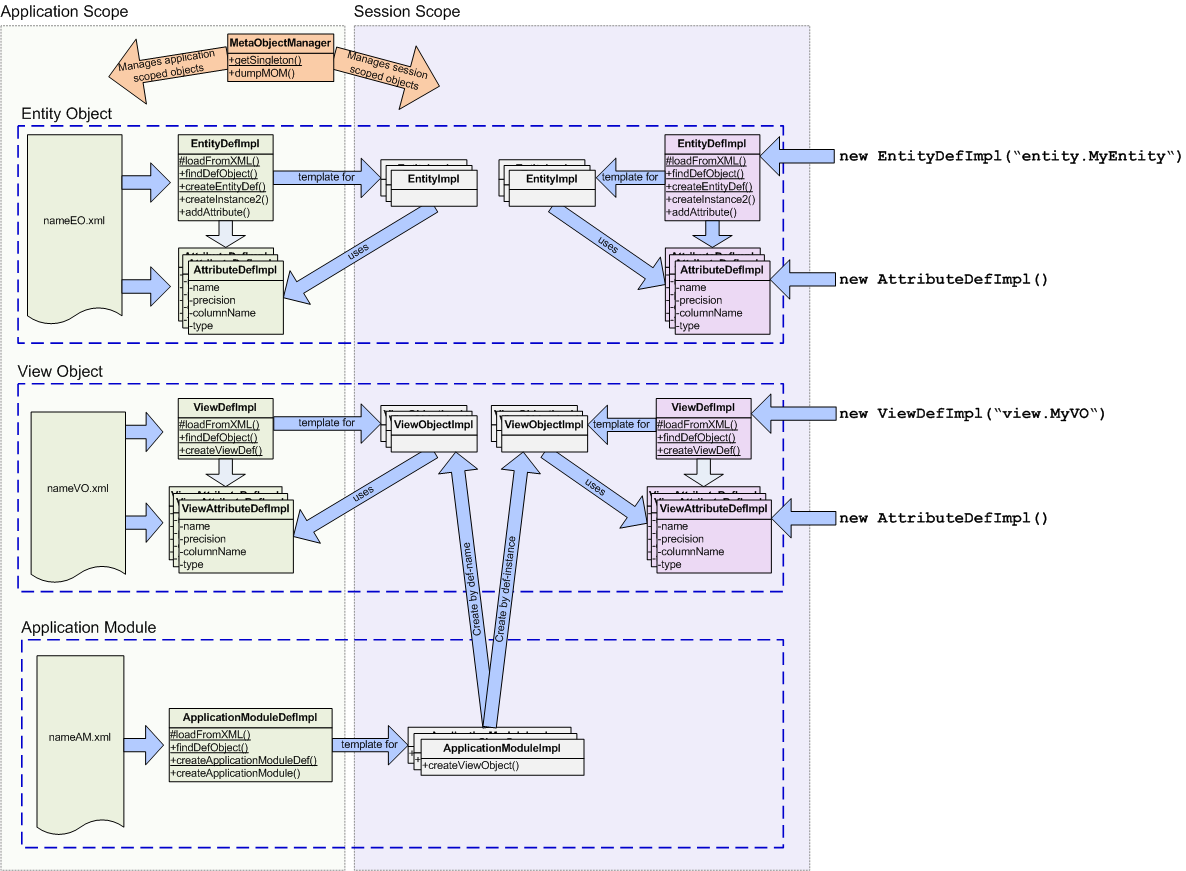Passing an array to a function which expects constant array elements
In C, I recently wanted to pass a pointer to an array of chars to a function, and since the function is not allowed to modify the array contents, I declared it as const. The rationale behind this is
char (*param)[20];
defines a pointer param to an array of non-constant chars, and
const char (*param)[20];
defines a pointer param to an array of constant chars. So, the straight forward definition of the function looked like this, and I also verified that the compiler properly catches attempts to write to the array elements:
void f(const char (*param)[20]) {
/* (*param)[2] = 'A'; */ /* correctly catched by the compiler: assignment of read-only location '(*param)[2]' */
}
Then, I wanted to call the function as follows:
int main() {
char (*data)[20] = calloc(20, 1);
f(data);
return 0;
}
But, I got the following warning when compiling this code:
$ gcc -Wall -pedantic -o so so.c
so.c: In function 'main':
so.c:15:4: warning: passing argument 1 of 'f' from incompatible pointer type [enabled by default]
f(data);
^
so.c:3:6: note: expected 'const char (*)[20]' but argument is of type 'char (*)[20]'
void f(const char (*param)[20]) {
^
Why does this happen? It should be possible to pass a pointer to any non-const data to a function which expects a pointer to const data – this is for example the way how the standard string functions are declared, like strcpy(). The source parameter is a const char*, but we can pass both a pointer to const or to non-const data. As long as the called function does not modify the contents the pointer points to, this should work well. While trying to understand why the above does not work, it turned out that “this is how C works”, and the GCC FAQ explains it: T (*)[n] is not assignment compatible to const T (*)[n] (note though that T* would be assignment compatible to const T* as described above). The C FAQ (if the site is down, use something like https://archive.today/mGvX7 instead) boils this down to the fact that it is not allowed to assign a char** pointer to a const char** pointer. It is only allowed for simple pointers to data (as in the strcpy() example above), but not for pointers to pointers (at any level, recursively). The FAQ also lists the steps which show how the unmodifiable data could be modified without using an explicit cast if this was allowed. Hence the reason that the compiler correctly prints this warning.
Solutions
The simplest solution is to remove the const from the function’s parameter list. However, this would not allow the compiler to catch write access to the array within the function anymore. If we want to keep the const, we need to cast when calling the function (but explicit casts especially between non-const and const usually indicates other deeper issues, so this should be avoided). A much better solution is to wrap the array in a structure. With this approach, it is possible to keep the const so that the compiler catches modifications of the array, and the function can be called without warning. The drawback is that accessing the data inside the function requires a bit more effort to reference the array structure member:
#include <stdlib.h>
typedef struct _arr11 { char data[11]; } arr11;
void f(const arr11* param) {
/* error: assignment of read-only location 'param->data[3]' */
/* param->data[3] = 'A';*/
}
int main() {
arr11* data = calloc(sizeof(arr11), 1);
f(data); /* No warning! */
return 0;
}

